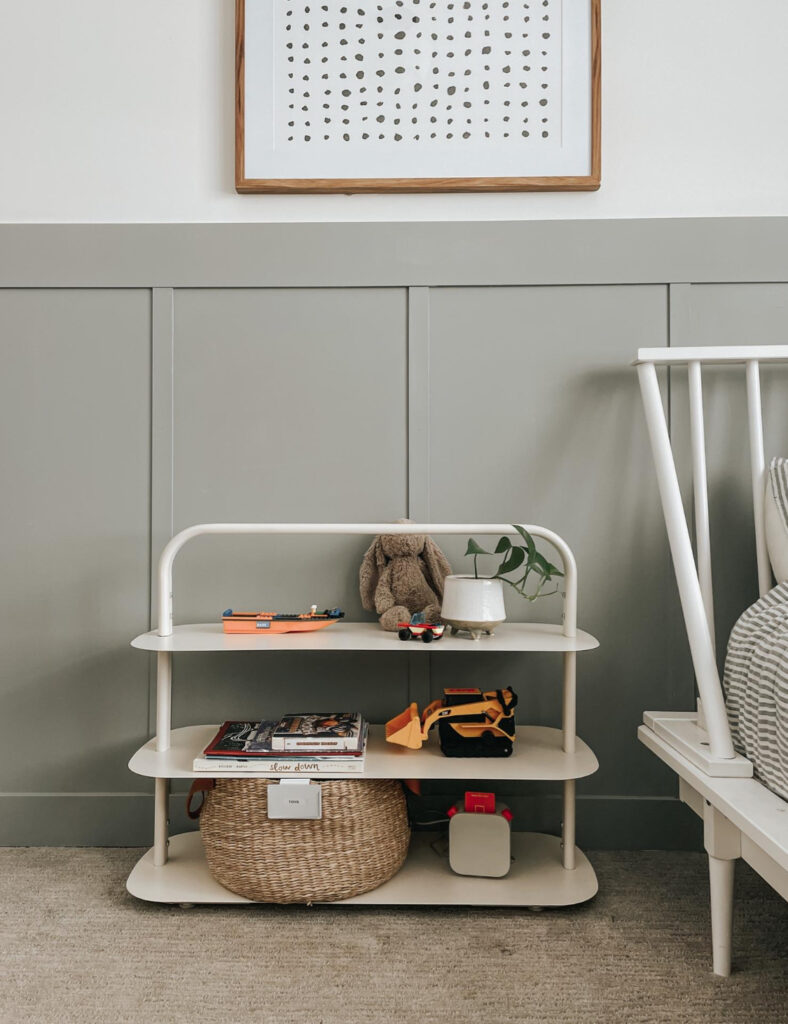As the long, lazy days of summer come to an end, it’s time to start thinking about the transition back to school. Whether your kids are eager to return or clinging to the last moments of summer freedom, shifting gears from the relaxed summer schedule to the structured school year can be a challenge for the whole family. With a little planning and some smart strategies, you can make this transition smooth and stress-free. Here’s how to switch gears from summer fun to back-to-school mode.
1. Gradually Reintroduce a School Routine
Summer often means late bedtimes, sleeping in, and a more relaxed daily routine. To help ease the transition, start gradually reintroducing a school-year schedule a couple of weeks before the first day of school.
- Adjust Bedtimes: Gradually move your kids’ bedtime earlier by 15-30 minutes each night until they’re back on their school-year schedule. This will help them get the rest they need without the shock of an abrupt change.
- Morning Routine Practice: Begin waking your kids up earlier in the morning. Have them practice getting ready as if it’s a school day, including getting dressed, eating breakfast, and brushing teeth.
- Evening Prep: Start encouraging your kids to lay out their clothes and pack their bags the night before. This simple habit will save time and reduce stress on school mornings.

2. Organize School Supplies and Spaces
A well-organized space can make a big difference in how smoothly the school year starts. Take some time to organize school supplies and set up designated areas for homework and school-related activities.
- School Supply Inventory: Before you head out for back-to-school shopping, take inventory of what you already have. This will prevent overbuying and ensure you get what’s really needed.
- Create a Homework Station: Set up a dedicated space where your kids can do their homework. Stock it with all the necessary supplies, such as pencils, paper, and a calculator, so they have everything they need in one place.
- Declutter: Clear out old papers, schoolwork, and supplies from last year to make room for the new. A fresh, organized space can help your child feel more prepared and focused.
3. Establish a Family Calendar
The school year brings a flurry of activities, from after-school clubs and sports to parent-teacher conferences and school events. Keeping track of everything can be overwhelming, so establish a family calendar to stay organized.
- Use a Shared Calendar: Whether it’s a digital calendar or a large wall calendar, make sure everyone in the family can access it. Mark down important dates, deadlines, and activities so everyone is on the same page.
- Weekly Planning Sessions: At the start of each week, gather as a family to review the calendar and discuss any upcoming events. This will help everyone stay organized and avoid last-minute surprises.
- Color-Code Activities: Consider color-coding activities by family member or type of event. This makes it easy to see at a glance who has what on their schedule.
4. Reestablish Healthy Habits
Summer often means indulging in treats, late-night snacks, and less structured meal times. As you transition back to school, it’s important to reestablish healthy habits that will support your child’s energy and focus.
- Plan Balanced Meals: Start planning balanced breakfasts, lunches, and dinners that include a variety of nutrients. A healthy breakfast, in particular, can help your child start the day off right.
- Set a Screen Time Limit: Summer may have meant more screen time, but now is a good time to set limits. Encourage your kids to spend time reading, playing outside, or engaging in creative activities instead.
- Encourage Physical Activity: Make sure your kids are getting enough physical activity, whether it’s through organized sports, family walks, or simply playing outside. Regular exercise can help reduce stress and improve focus.

5. Address Any Back-to-School Anxieties
For some kids, the transition back to school can bring about feelings of anxiety or stress. It’s important to address these feelings and provide reassurance.
- Talk About What to Expect: Discuss what the school day will look like, any changes from last year, and what they can expect. If possible, visit the school before the first day to familiarize your child with the environment.
- Validate Their Feelings: Let your child know that it’s okay to feel nervous or uncertain. Share your own experiences with back-to-school jitters and reassure them that they’re not alone.
- Set Up Playdates: If your child is worried about making friends or reconnecting with classmates, arrange playdates with school friends before the first day. This can help ease social anxieties and make the transition smoother.
6. Create a Positive Mindset About Learning
Shifting from the carefree days of summer to the structure of school can be tough, so it’s important to foster a positive mindset about learning.
- Set Goals Together: Sit down with your child and set some goals for the school year. Whether it’s improving in a particular subject, making new friends, or participating in an extracurricular activity, setting goals can give your child something to look forward to.
- Celebrate the New School Year: Make the start of the school year special by celebrating it as a family. This could be a back-to-school shopping trip, a special dinner, or a fun activity. Celebrating the new school year helps create excitement and positive associations with going back to school.
- Encourage a Growth Mindset: Emphasize that learning is a process and that it’s okay to make mistakes. Encourage your child to see challenges as opportunities to grow and learn, rather than something to be feared.





